When I say the phrase CAR-15, what do you picture?
I’m betting it’s a commando, with a cami-painted face, with a short, AR-15 carbine that predates the M4.

Maybe you picture Tom Berenger or Willem Defoe from Platoon. Maybe even Heat and its famous shootout?
You imagine that short, retro-looking carbine, and I understand why. But what if I told you that the CAR-15 is more than a carbine?
The weapon you’re picturing in your head is the Colt Commando, aka the XM177, XM177E1, and E2 models. The CAR-15 is much more than a carbine; it’s an entire family of firearms.
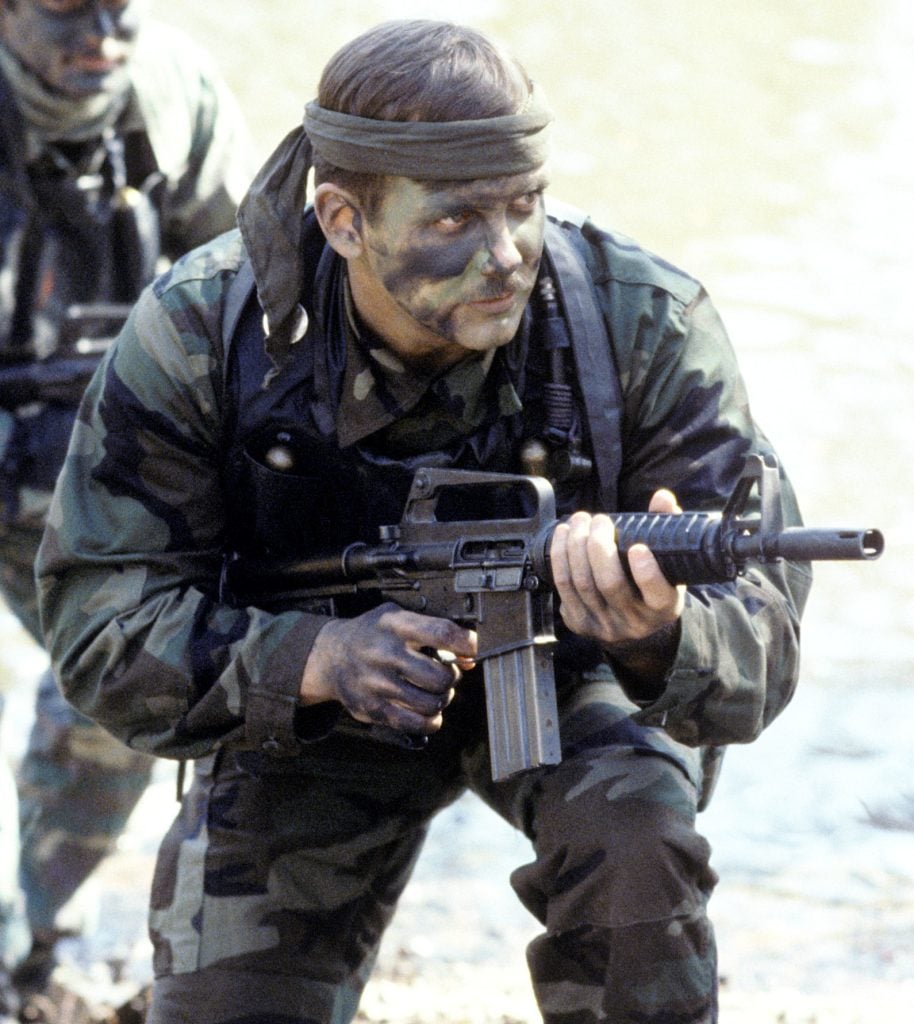
And today, we’re going to run through the CAR series, dive into what sets it apart, and talk about the models you’ll see.
So keep reading!
Table of Contents
Loading...
Where CAR Comes From
Armalite created the AR-15 — AR stands for “Armalite rifle” — and the ole AR-15 has become one of the most famous and widely used designs in the world. It wasn’t always that way.
Armalite created the weapon in 1958 at the request of General Willard G. Wyman.
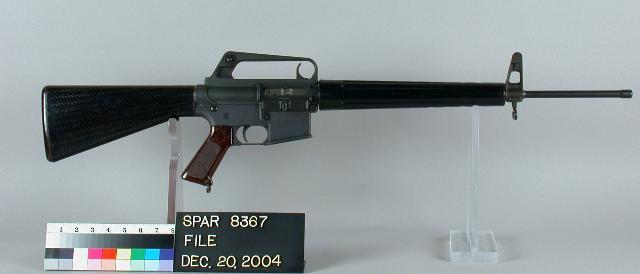
Teams of five to seven soldiers armed with the Armalite had the same firepower as an 11-man squad armed with m14s. The AR-15 proved to be three times more reliable than the M14, and soldiers armed with the M16 could carry three times as much ammo.
Even so, the Army Chief of Staff vetoed the AR-15 in favor of the M-14. Why? Because muh 30 caliber and muh wood stock!
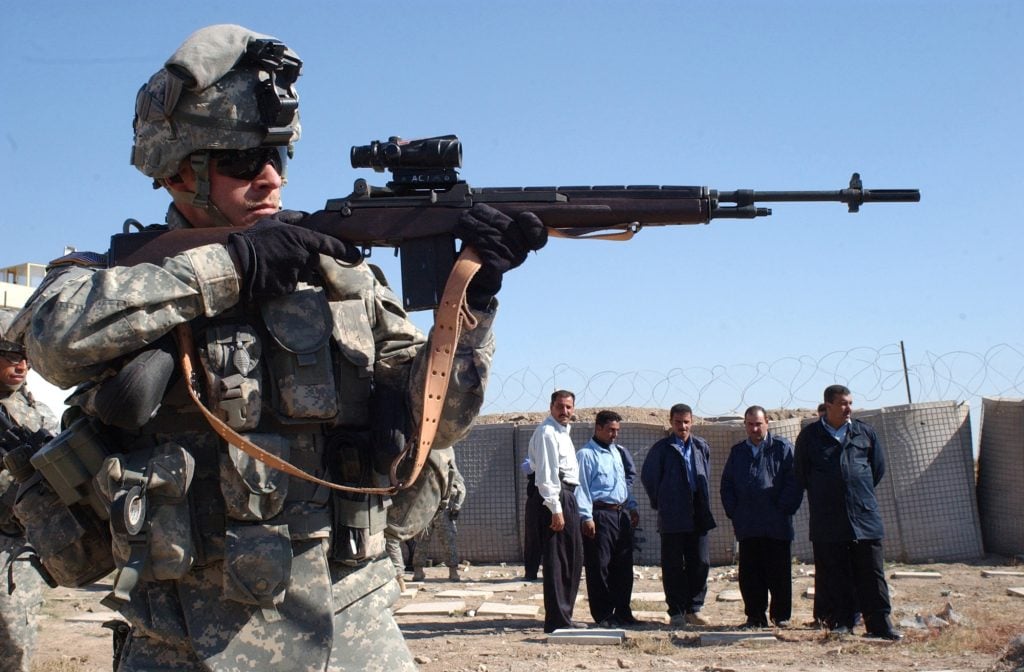
The Army would gladly stick to tradition even if it meant soldiers being armed with an inferior weapon. Armalite didn’t take that well, and they already had financial difficulties. With that in mind, they did what seemed prudent and sold the rights to the AR-10 and AR-15 to Colt.
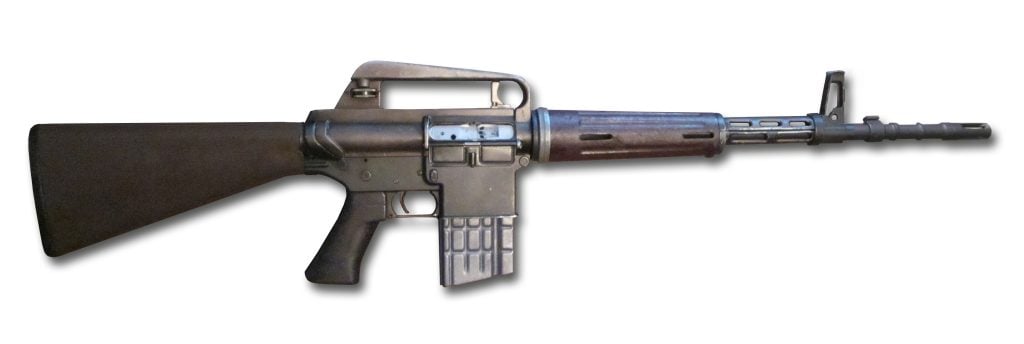
Colt wanted to rebrand the AR-15. They wanted to turn it into a Colt product with Colt branding. Thus the AR-15 became the Colt AR-15 rifle, aka the CAR-15.
That’s not all they did.
Admittedly they made some changes that were vital to today’s success of the AR-15. They redesigned it to be easier to mass-produce and relocated the charging handle from under the carry handle to the rear of the receiver.
This won’t be a history of the AR-15, the M16, or the rifle, but I want to give Colt some credit.
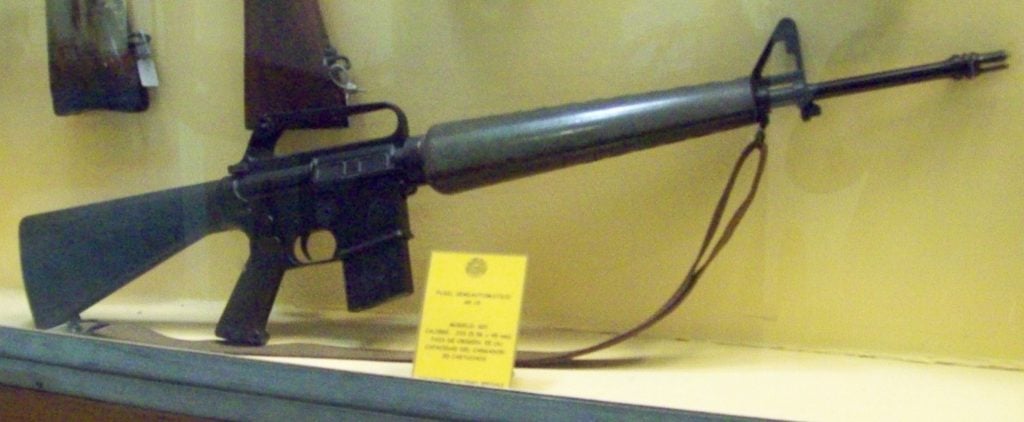
The CAR-15 Family
Colt quickly realized that the CAR-15 and AR-15, in general, could be a modular family of rifles, not just a singular design.
In 1965 Colt began marketing the CAR-15 as a family of firearms. The United States military’s adoption of the Colt CAR-15 Model 603 and 604 would be the match that lit the fire.
1. CAR-15 Models 603 and 604
The U.S. Army adopted the Model 603 while the Airforce adopted the 604. The Model 603 featured a forward assist and case deflector, and the 604 did not.
These rifles are what we now consider the earliest variants of the M16.
The 603 was known as the XM16E1, with X being the signifier for experimental, then later as the M16A1. And the Airforce called the 604 the M16.
Both guns featured the lightweight pencil barrel 20 inches long with a 1:12 barrel twist.

At the time, these rifles were revolutionary.
Remember, this isn’t that far removed from the wood stock and blued steel M1 Garand and later M14. CAR-15 rifles were lighter than Thompson SMGs and fired a much more potent round.
Prices accurate at time of writing
Prices accurate at time of writing
-
25% off all OAKLEY products - OAKLEY25
Copied! Visit Merchant
The goal of the M14 was to replace the BAR, the Thompson/M3, and M1 Garand, but it gave us a compromised mess. And the M16 accomplished the task the M14 was designed for and did so with style and gusto.

The CAR-15 rifle’s use of polymer and aluminum started a modern trend that’s guided rifle design to this day.
While the Army and Airforce used what was essentially the same gun, the military as a whole benefited from simpler logistics, and everyone would have the same rifle regardless of branch.
The M16 would become standardized in one pattern.
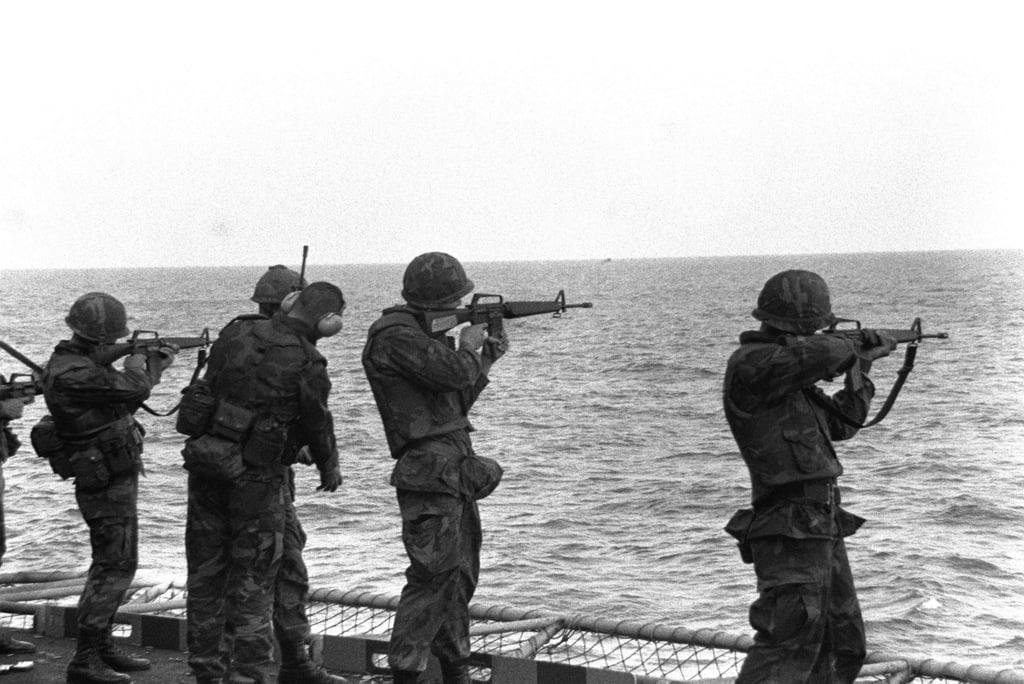
Of course, the forward assist and case deflector would be standard, and the M16A1 would essentially be a slightly modified Model 603.
These rifles are the building blocks on which all M16 variants would be built.
2. CAR-15 Heavy Assault Rifles
The CAR-15 Model 606 series would become infantry automatic rifles.
Colt marketed these guns as support weapons in a vein similar to the old BAR, except in an M16-style format. This included the .223/5.56 caliber offering.
The CAR-15 Heavy Assault Rifle didn’t have a whole lot of success at the time, but it’s not like the concept of an Infantry Automatic Rifle died.
My beloved United States Marine Corps famously adopted the M27 IAR to replace the SAW, and it’s currently the combat arms service rifle.
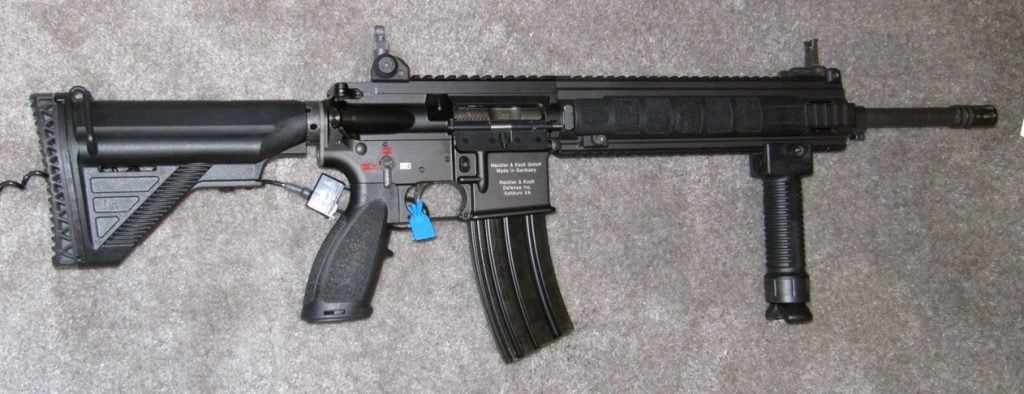
Colt’s 606 series is broken into M1 and M2 models, and both have standard and A and B configurations.
The A configurations of these guns featured a forward assist design, while the B configurations featured a four-position selector that allowed the user to choose between burst and full-auto.
With the M1, we got a heavy profile barrel and a bipod attachment. Colt designed the gun to use 30-round magazines to lay down a little more suppressive fire than the stock standard 20-rounders. Besides the magazine, bipod, and heavy barrel, it wasn’t too different from the M16.
Things get groovy with the M2.
I’d argue the M2 is a light machine gun rather than a heavy assault rifle. The Colt CAR-15 Model 606 M2 fed from a belt of ammunition with an attached drum, very much like the Russian RPD.
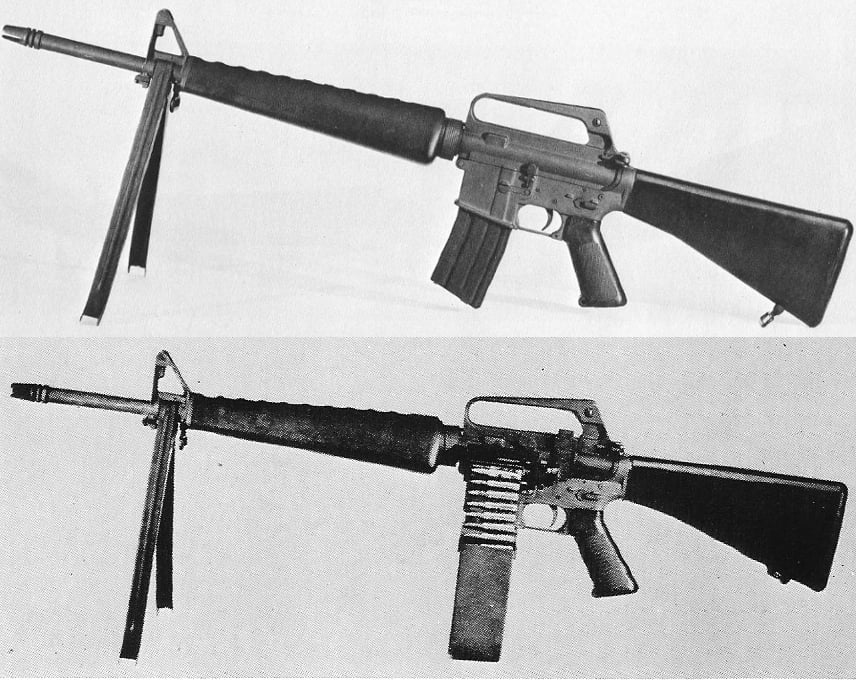
On top of the belt-fed design, the weapon featured a heavy barrel and bipod attachment for supported sustained fire. It was very lightweight for a belt-fed design and impressively compact for the time.
The weight of both guns unloaded was reportedly 7.5 pounds. At the time, the M60 was the belt-fed infantry support weapon, and it weighed 23 pounds and some change.
Sadly, neither model saw adoption or purchases.
Colt continued to pursue the idea of a squad automatic rifle with the M16A1 HBAR and Colt LMG with limited success.
3. CAR-15 605 Carbine

Finally, we’re getting to the carbine series, but it’s still not the CAR-15 Carbine you probably picture.
The 605 was the product of someone at Colt saying, “let’s cut the barrel off at the front sight base and see what we get!”…Well, that might be an oversimplification.
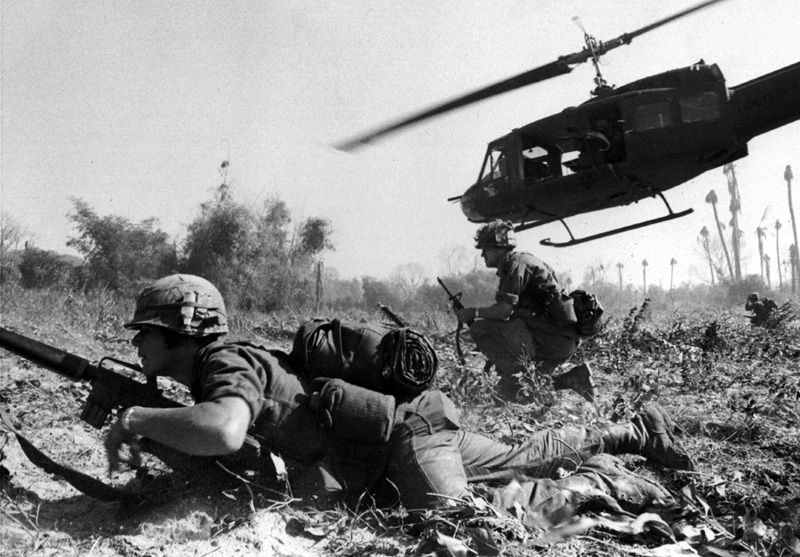
Vietnam brought Americans to thick jungles and made helicopters the forefront of the war effort. This created tight spaces, and the idea of producing a short M16 to deal with these tight spaces came to life in the 605.
Colt trimmed the barrel back to 15 inches and cut it off at the front sight base. This produced the earliest version of what we call the dissipator.
In limited numbers, these carbines made their way to Vietnam and found a way with special operations.
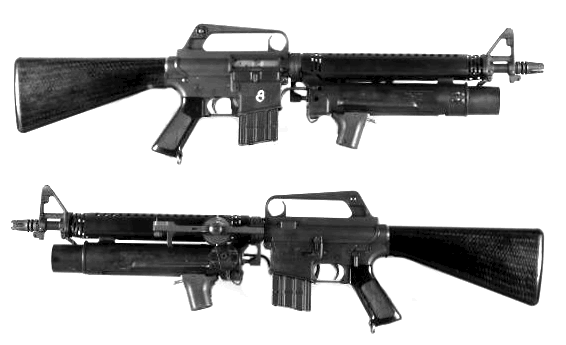
These special operations troops liked the shorter rifle for dealing with dense jungles. The problem was that the Colt engineers couldn’t figure out how to get the weapon to cycle reliably. Less barrel meant less dwell time, and that caused reliability issues.
One cure was adding a suppressor, which many Spec Ops bubbas did. A suppressor doesn’t increase dwell time but throws more gas rearward.
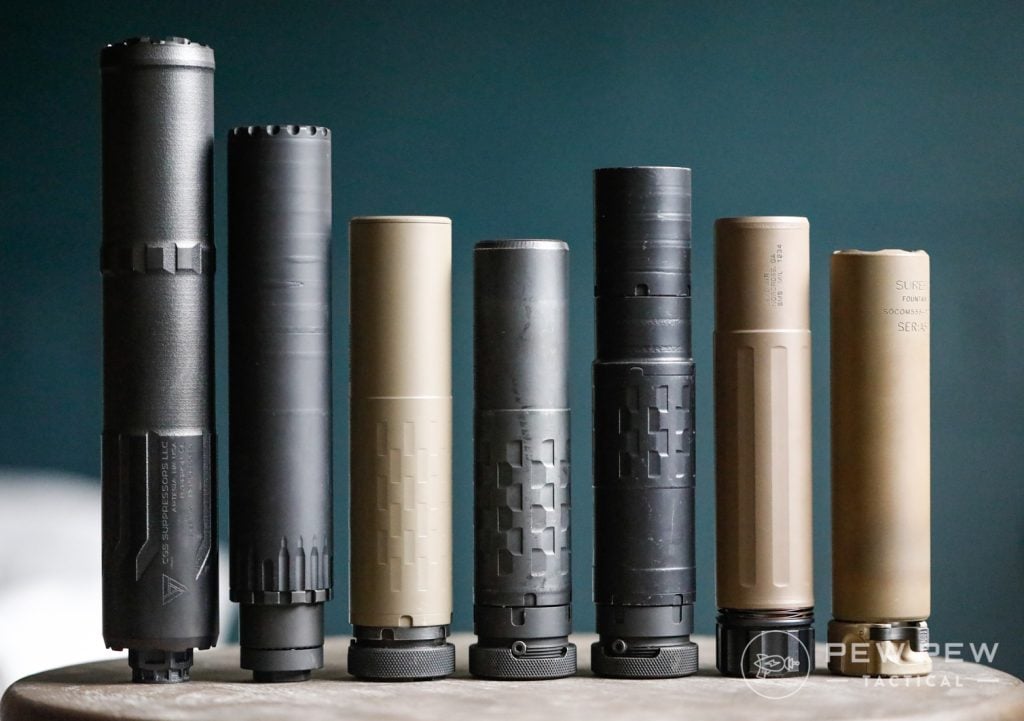
Also, the shorter barrel combined with the suppressor made for an efficient weapon.
However, it wasn’t good enough, and Colt killed it for a real carbine.
4. CAR-15 Model 607
When I say a real carbine, I mean a submachine gun. Okay, not a submachine gun as we know it, but Colt called it the CAR-15 Submachine gun. Colt first designed a ‘submachine gun’ variant in 1959.
This Tanker model went nowhere but introduced the idea of a very short M16 with a collapsing stock. In 1965 the Colt 607 arrived with the intent of selling it to special operations, commandos, and vehicle crewmen.
They chopped the barrel to 10 inches and used an interesting, modified M16 stock that could collapse, but it’s only a two-position stock. These days we are spoiled with those fancy six positions.

It’s worth noting that these originally came with three-prong flash hiders, but the massive concussion and muzzle blast were just too much for most shooters.
Colt introduced a 3.5-inch and later 4.5-inch ‘moderator’ muzzle device to reduce the concussion and muzzle flash while increasing back pressure.
These guns were never mass-produced, and only 50 were made for the SEALs and Green Berets. They were made from spare parts, and the originals lacked forward assists. The later 607A models feature 603 uppers with forward assists.
Once you had a Colt SMG with a 4.5-inch long moderator, you have to start asking, why not just use a carbine with a 14.5-inch barrel?
5. CAR-15 Model 610
I feel like the Model 610 is the ODB of Colt CAR-15 rifles. ODB from the Wu-Tang clan famously has 12 nicknames, with my favorite being Knifey McStab.

Besides being commonly referred to as the CAR-15, it also gained the 610 monikers on top of the Colt Commando, the XM177, and the GAU-5/A.
Like the original CAR-15 SMG, the gun had a 10-inch barrel with a 4.25-inch moderator.
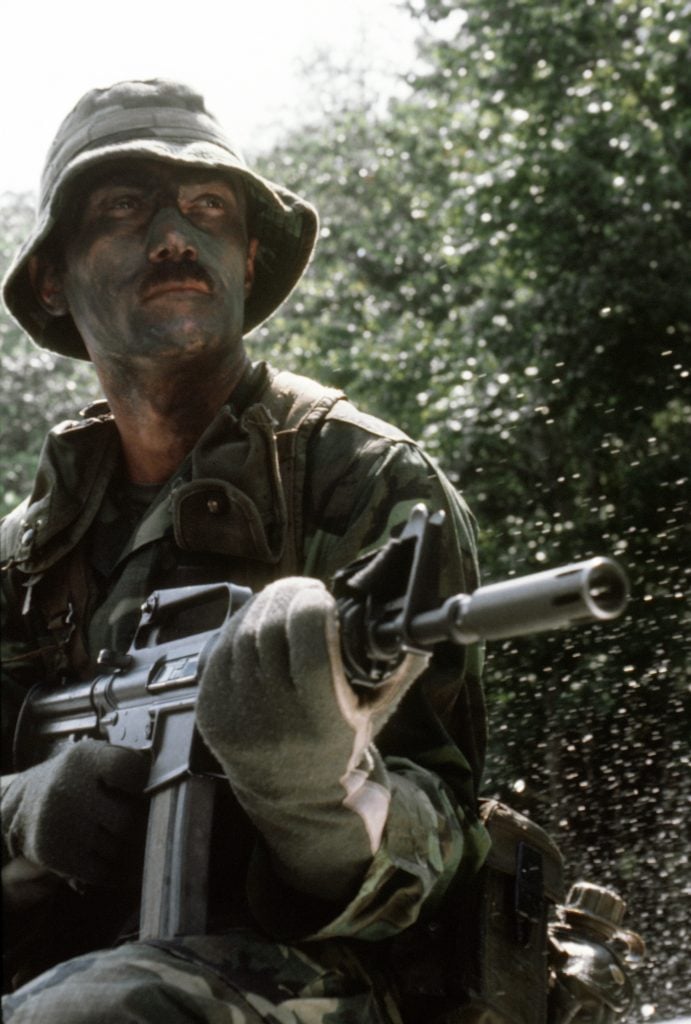
Colt simplified the stock with a 2-position aluminum stock that begins to resemble the M4 stock we know and love.
The 610 lacks a forward assist, but a 610B existed with a four-position selector, but the military never purchased it. Most of the military called it the XM177, but the Air Force is a special child, and they called it the GAU-5/A.
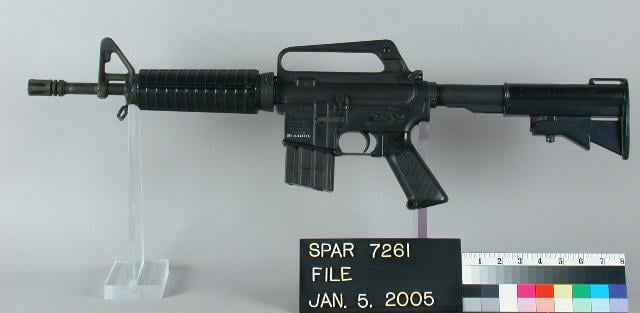
The Army purchased over 2,800 models and was sent to numerous special operations forces.
6. CAR-15 Models 629 and 649
In 1967 Colt extended the barrel to 11.5 inches and called these guns the 629 and 649. The 629 has a forward assist, and the 649 does not.
A slightly longer barrel did a few things. It reduced noise and muzzle flash and allowed the Colt XM148 under-barrel grenade launcher to fit. Colt installed a metal boss onto the moderator for the launching of rifle grenades as well.
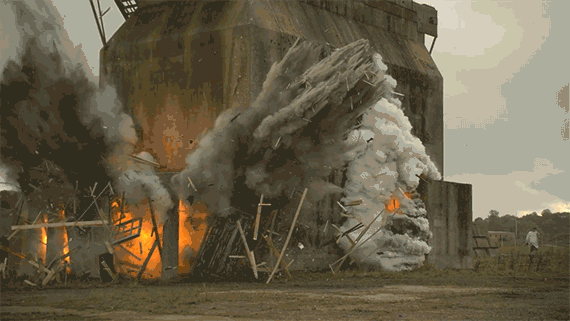
MACV-SOG obtained over 500 of the model 629, and these became known as the XM177E2.
The entire short carbine series had issues with tracer rounds, barrel fouling, and effective range and accuracy. Again, I’m surprised no one looked at the 11.5-inch barrel with a 4.25-inch moderator and thought maybe a longer barrel would work.
7. CAR-15 Model 608
Last but not least is the Colt 608. Well, it might be the least produced.
The 608 was Colt’s attempt at creating a survival rifle for aircrews. When you bail out over enemy territory, you might find yourself feeling less than stellar armed with a handgun, but you don’t have room for a complete rifle.

Colt’s 608 was for you. The AR design is already somewhat naturally a takedown weapon, so it splits in half and drops into two pieces.
Colt kept the 10-inch barrel from the SMGs but ditched the moderator for a spoon-style muzzle device. The grip got the chop to make it smaller and has a slightly shorter fixed aluminum stock.
Colt used a unique handguard not seen on other models in the Commando series. The total overall length was 29 inches, and it could be packed with four 20-round magazines under the pilot’s seat.
Sadly, only a few prototypes got off the ground.
Final Thoughts
Colt abandoned the CAR moniker a bit after Vietnam. The idea of the Modular Weapon Concept was ditched, but Colt continued developing carbine variants of the M16 family.
The gun everyone calls the CAR-15 is the M16 Carbine.
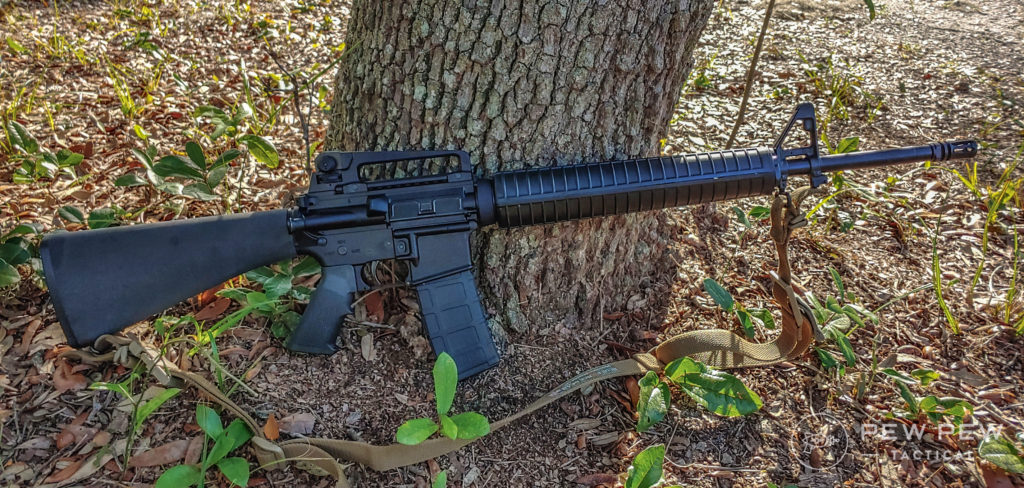
These guns featured a 14.5-inch barrel because someone realized a 10-inch barrel with a 4-inch moderator was stupid. These went by the model numbers 651, the 652, the 653, and 654.
Predictably, over time these morphed into what we know as the M4 carbine, one of the most dominant and widely spread weapon platforms of all time.
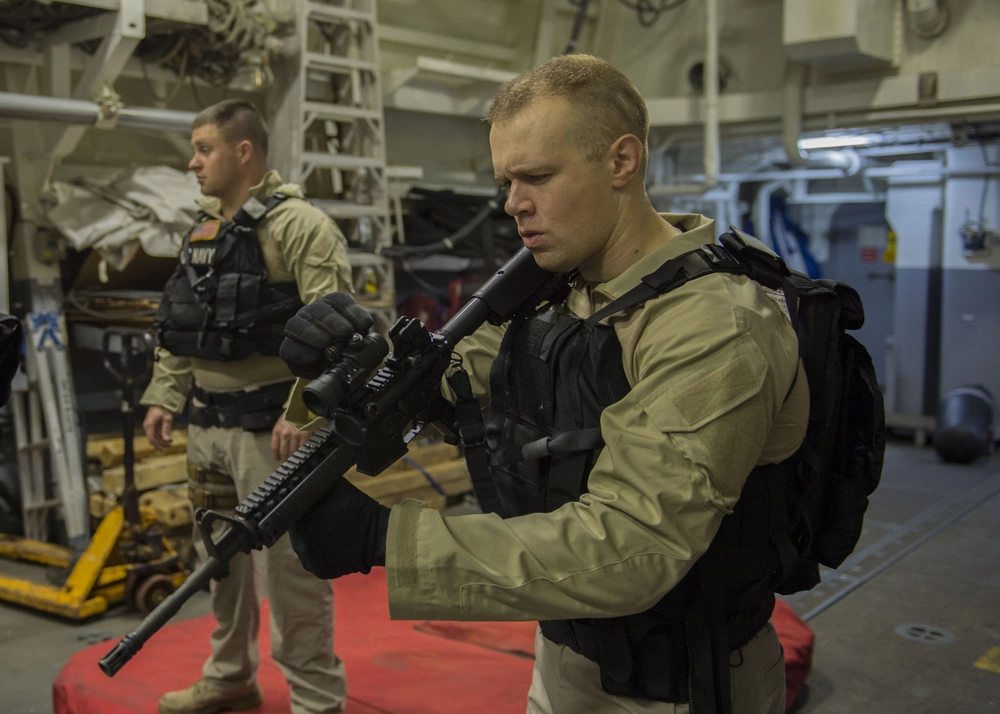
The CAR-15 is more than a carbine. It’s a fascinating part of arms design.
What’s your favorite CAR-15 model? Drop it in the comments below. Interested in some milsurp guns? Check out our Guide to Military Surplus Guns.











12 Leave a Reply
As a USAF dog handler in Viet Nam we used the CAR-15 GAU-5. I remember it had a longer flash suppressor than the GAU-5A normally used by the USAF.
One minor correction, about the XM177/GAU-5A. There were four seperate models:
Model 609: Adopted by the Army as the "XM177E1" with 10-inch barrel and forward assist.
Model 610: Adopted by the Air Force as the "GAU-5/A" with 10-inch barrel and no forward assist. The Army designated it simply "XM177" but likely didn't actually use it due to the lack of forward assist. The Army primarily used the Model 609/XM177E1.
Model 629: Adopted by the Army as the "XM177E2" with an 11.5-inch barrel and forward assist.
Model 649: Adopted by the Air Force as the "GAU-5A/A" with an 11.5-inch barrel and no forward assist.
Having used both the M-14 and the M-16 in 67-68 in RVN, the 30 caliber is a far more effective round than the 22 caliber, just as the 45ACP is vastly superior to the 9mm Luger.
In 1969 you would be correct. But with modern bullet technology HP there is little difference between 9mm and .45 . Anymore….the 5.56 ammo also is not the same. With either M855A1 or MK262 77 grn OTM the 5.56 is a definite man stopper. Certainly not as powerful as 7.62, but with much less weight and recoil, I’ll take it.
Well stated. Modern 9mm has come a long long way. Having equivalent stopping power with less recoil and greater capacity? Yes, I think I will. Gotta love a good AR, too. Mad respect to what the old-timers accomplished with what they had. Gotta love in-the-trenches engineering and adaptation.
There are .30 and .35 and larger caliber variants widely available in the AR-15 platform. But, the numbers don't lie - the 5.56 is very effective and it has the advantage of being very light to carry and readily available. The .45 has lost its usefulness. As already mentioned, today's 9mm is far more effective, and, also readily available.
Very nice article. I did enjoy this and found it a good read. Thanks
Really a good article Travis! Reminds me there’s some out there I’ve yet to fire! Cloned a couple of ‘em, just good history! Thanks again.
Thanks for the history lesson. The GAU 5 was a better idea than a pistol. Felt like I was able to defend myself. Would not mind having one now.
Good story and history, but the D.I. SUCKS! A simple Short Stroke Piston solves all issues.
Great breakdown of the various models.
Excellent review, thanks!